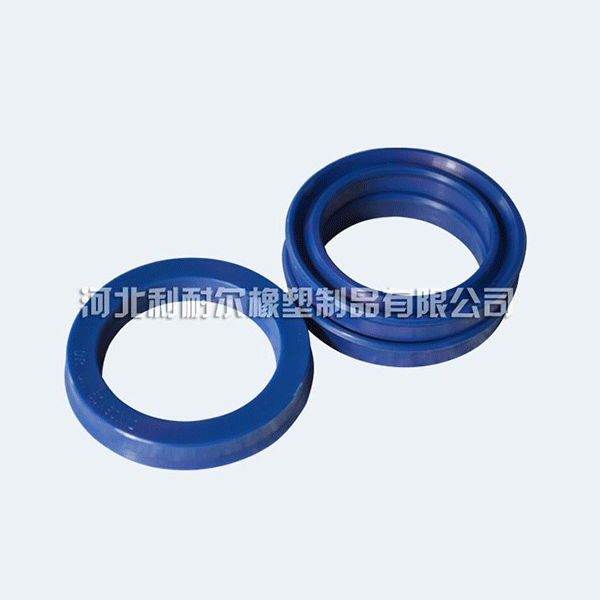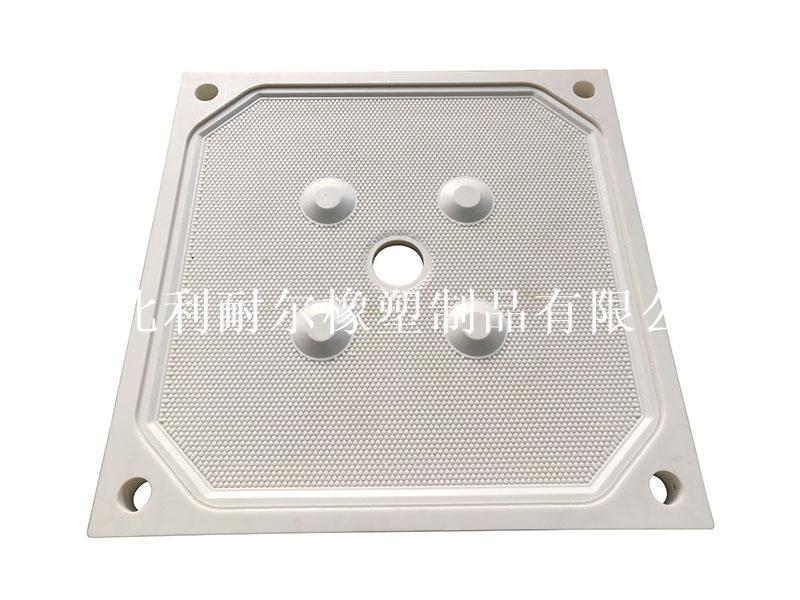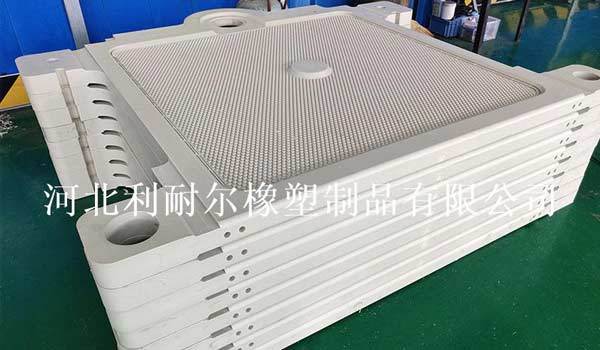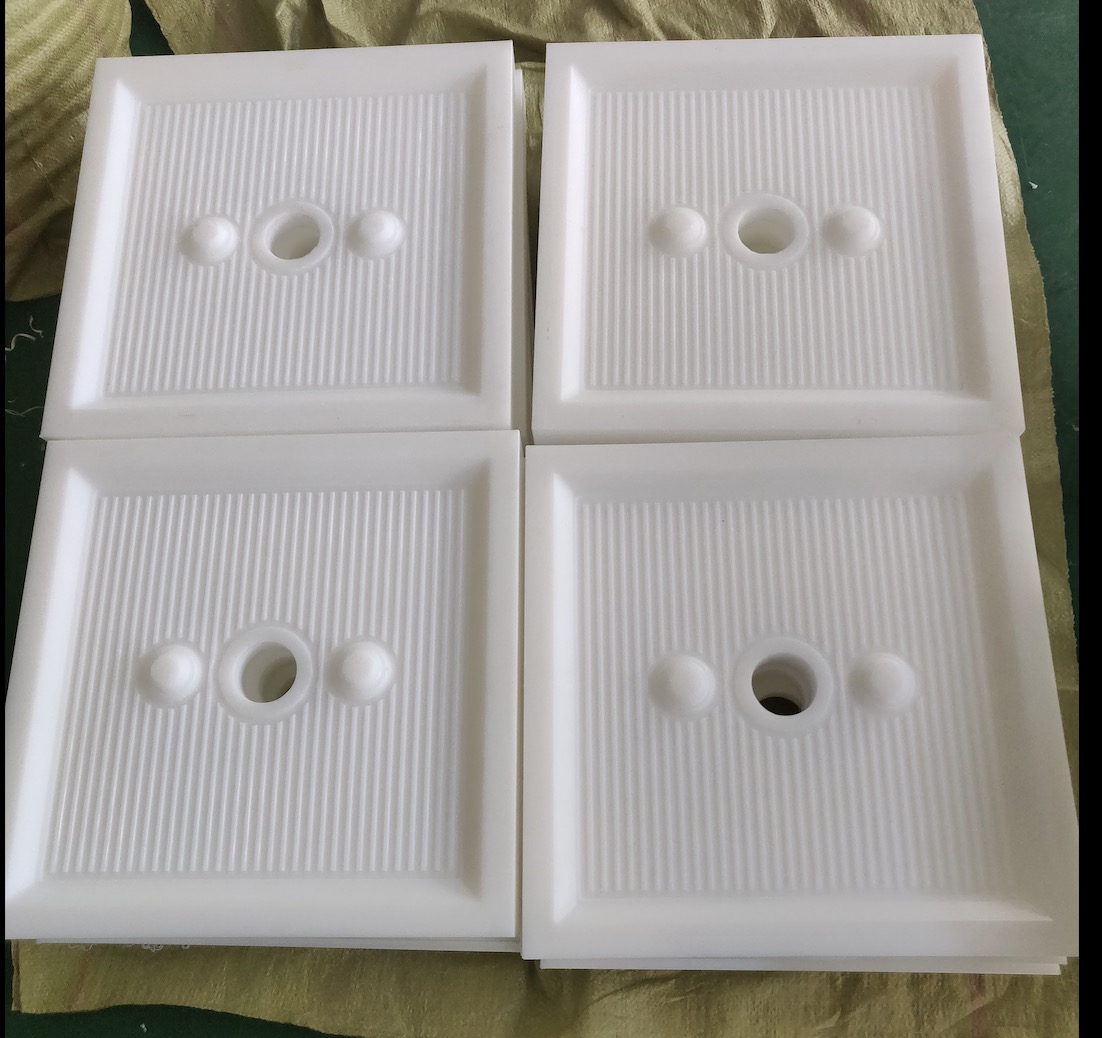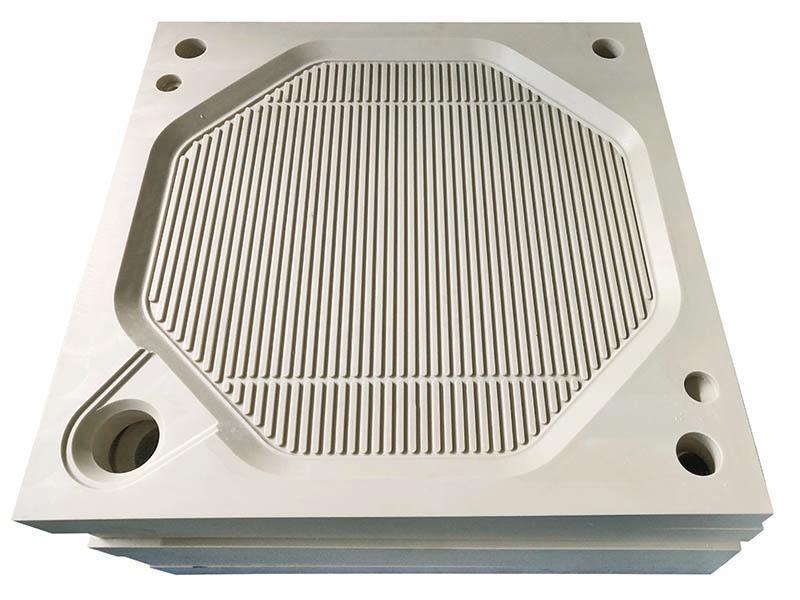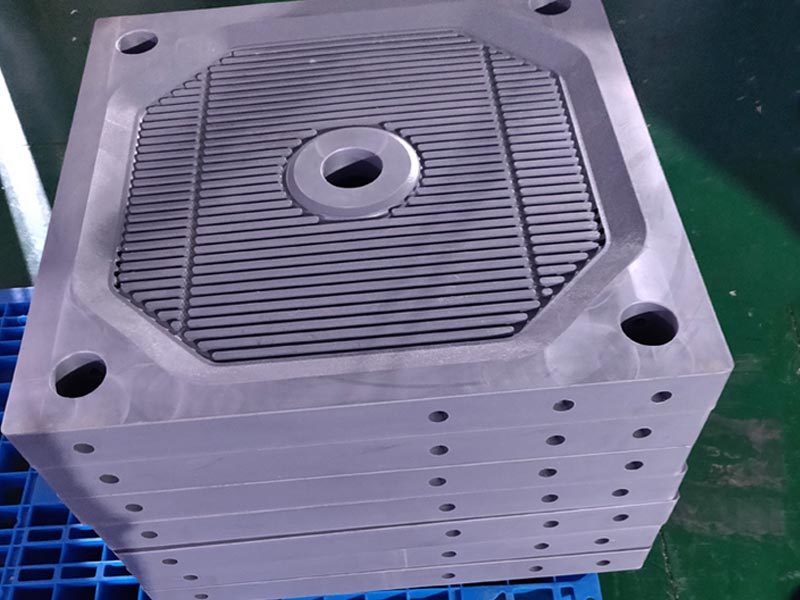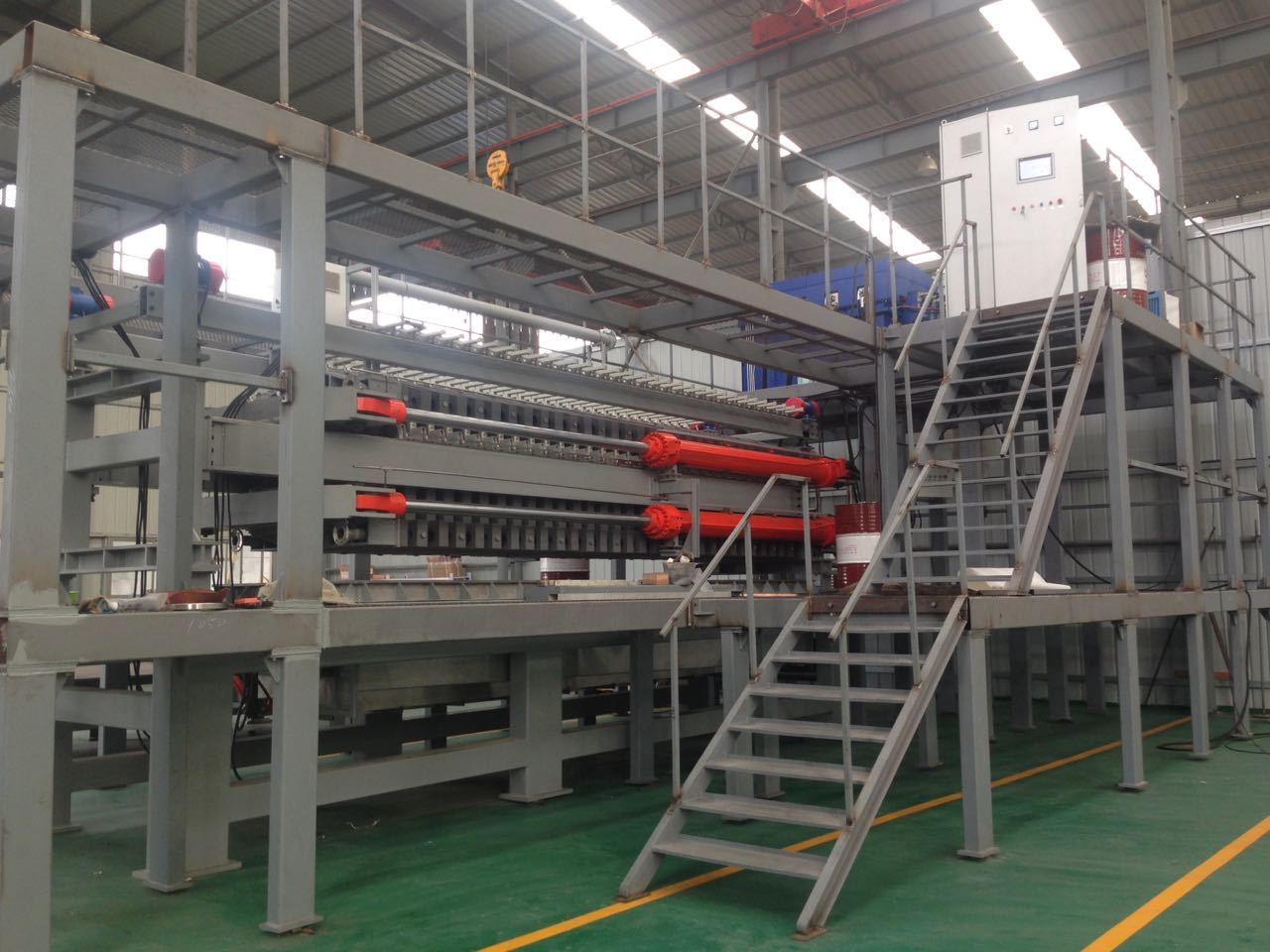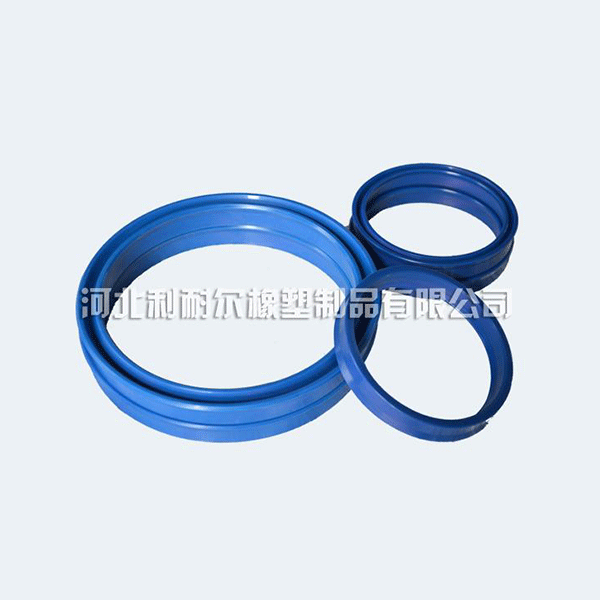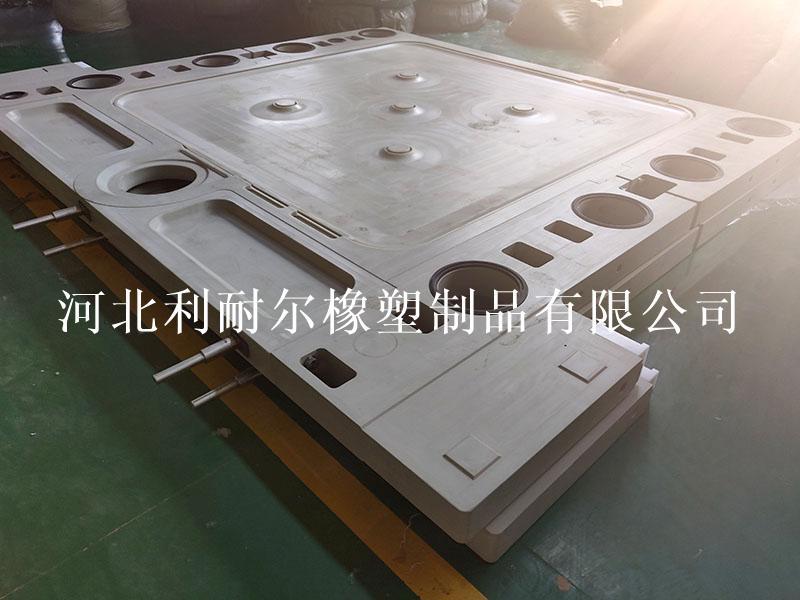Comparing the Performance of Various 800 Diaphragm Plates: A Comprehensive Analysis
Release time:
2025-03-07
Comparing the Performance of Various 800 Diaphragm Plates Table of Contents 1. Introduction to 800 Diaphragm Plates 2. Understanding Diaphragm Plate Performance 3. Key Factors Affecting Diaphragm Performance 4. Types of 800 Diaphragm Plates and Their Materials 5. Performance Comparison of Different 800 Diaphragm Plates 6. Applications of 800 Diaphragm Plates 7. Choosing the Right Di
Comparing the Performance of Various 800 Diaphragm Plates
Table of Contents
- 1. Introduction to 800 Diaphragm Plates
- 2. Understanding Diaphragm Plate Performance
- 3. Key Factors Affecting Diaphragm Performance
- 4. Types of 800 Diaphragm Plates and Their Materials
- 5. Performance Comparison of Different 800 Diaphragm Plates
- 6. Applications of 800 Diaphragm Plates
- 7. Choosing the Right Diaphragm Plate for Your Needs
- 8. FAQs about 800 Diaphragm Plates
- 9. Conclusion
1. Introduction to 800 Diaphragm Plates
In the realm of industrial applications, the **800 diaphragm plate** is essential for various processes, particularly in filtration and separation technologies. These plates, often made from diverse materials, serve crucial roles in ensuring operational efficiency. Their design and functionality can significantly influence the overall performance of machinery and systems, making it imperative to understand the nuances involved in their selection.
2. Understanding Diaphragm Plate Performance
Performance metrics for diaphragm plates are multifaceted. Factors such as **flow rate**, **pressure resistance**, and **chemical compatibility** are vital in determining how effectively a diaphragm plate will function. Understanding these parameters allows for a comprehensive comparison of various 800 diaphragm plates.
One essential aspect is the **flexibility** of the diaphragm material, which impacts how it responds to pressure changes. High-performance diaphragm plates maintain their integrity under varying conditions, which enhances their reliability in industrial applications.
3. Key Factors Affecting Diaphragm Performance
When evaluating the performance of 800 diaphragm plates, several key factors come into play:
3.1 Material Composition
The material used in constructing diaphragm plates affects their durability, flexibility, and resistance to wear. Common materials include **rubber, PTFE, stainless steel**, and **composite materials**. Each material offers distinct advantages and limitations.
3.2 Design Specifications
The design of the diaphragm plate influences how it interacts with other system components. Factors such as thickness, shape, and surface finish all contribute to the plate's overall efficacy.
3.3 Operating Environment
The environment in which the diaphragm plate operates is crucial. Exposure to extreme temperatures, corrosive substances, or high pressures can significantly affect performance and longevity.
4. Types of 800 Diaphragm Plates and Their Materials
Various types of 800 diaphragm plates cater to different application needs. Here, we categorize them based on their material and design:
4.1 Rubber Diaphragm Plates
Rubber diaphragm plates are renowned for their flexibility and resistance to many chemicals, making them ideal for general-use applications. Their cost-effectiveness is a significant advantage in various industries.
4.2 PTFE Diaphragm Plates
PTFE (polytetrafluoroethylene) plates are highly resistant to chemicals and extreme temperatures, providing excellent durability. They are commonly used in industries where corrosive substances are prevalent.
4.3 Composite Diaphragm Plates
Composite diaphragm plates combine the best properties of different materials, offering improved performance characteristics. These plates often feature a combination of rubber and metal, enhancing their strength and adaptability.
4.4 Stainless Steel Diaphragm Plates
Stainless steel plates are favored for their robustness and resistance to wear. They perform exceptionally well in high-pressure applications but may lack the flexibility of rubber or PTFE options.
5. Performance Comparison of Different 800 Diaphragm Plates
A comparative analysis of various 800 diaphragm plates reveals significant differences in performance metrics.
5.1 Flow Rate Efficiency
Flow rate efficiency refers to how effectively a diaphragm plate allows fluids to pass through. PTFE diaphragm plates often outperform others in corrosive environments, while rubber plates excel in standard conditions.
5.2 Pressure Resistance
Pressure resistance is crucial in applications where high pressure is a norm. Stainless steel diaphragm plates typically provide superior resistance, ensuring long-term reliability under demanding conditions.
5.3 Chemical Compatibility
Compatibility with various chemicals is a critical consideration. PTFE plates lead in this category due to their inert properties, making them suitable for use in chemical processing industries.
5.4 Durability and Lifespan
The lifespan of diaphragm plates varies based on their material and operating conditions. Rubber plates may have a shorter lifespan in extreme environments, while stainless steel and PTFE options often last longer.
6. Applications of 800 Diaphragm Plates
800 diaphragm plates find use across a range of industries, reflecting their versatility and importance.
6.1 Water Treatment
In water treatment facilities, diaphragm plates are used in filtration systems, ensuring efficient separation of solids from liquids.
6.2 Chemical Processing
In chemical manufacturing, the need for materials that can withstand harsh conditions is paramount. PTFE diaphragm plates are frequently used in this sector.
6.3 Food and Beverage Industry
Sanitary applications in the food and beverage industry require diaphragm plates that meet rigorous hygiene standards, often leading to the use of stainless steel or FDA-approved rubber materials.
7. Choosing the Right Diaphragm Plate for Your Needs
Selecting the appropriate 800 diaphragm plate depends on a multitude of factors, including:
7.1 Assessing Operational Requirements
Understanding the specific operational requirements helps in narrowing down the material and design that will best suit the intended application.
7.2 Evaluating Cost vs. Performance
While cost is often a deciding factor, it is essential to weigh it against potential performance benefits. Investing in higher-quality materials can lead to long-term savings through reduced maintenance and longer lifespans.
7.3 Consulting with Experts
Engaging with industry experts can provide valuable insights into the best diaphragm plate selection for unique applications. Their expertise can help mitigate risks associated with poor performance.
8. FAQs about 800 Diaphragm Plates
8.1 What is the typical lifespan of an 800 diaphragm plate?
The lifespan varies widely depending on material and application, but high-quality options can last several years under optimal conditions.
8.2 How do I determine the right material for my application?
Consider factors such as chemical exposure, temperature, and pressure. Consulting with a supplier can provide tailored recommendations.
8.3 Are 800 diaphragm plates customizable?
Yes, many manufacturers offer customization options to match specific operational needs.
8.4 What maintenance is required for diaphragm plates?
Regular inspection and cleaning can prolong the lifespan of diaphragm plates. Follow the manufacturer's guidelines for best practices.
8.5 Can I use different types of diaphragm plates interchangeably?
Interchanging diaphragm plates is not recommended unless they share similar specifications, as differences in material and design can affect performance.
9. Conclusion
In conclusion, the performance of various 800 diaphragm plates is contingent upon multiple factors, including material composition, design specifications, and the specific demands of the operating environment. By understanding these elements and conducting a thorough comparison, we can make informed choices that enhance efficiency and reliability in industrial applications. Investing in the right diaphragm plate not only ensures optimal performance but also contributes to the longevity of your systems, underscoring the importance of careful selection in the filtration and separation processes.
Related News




















